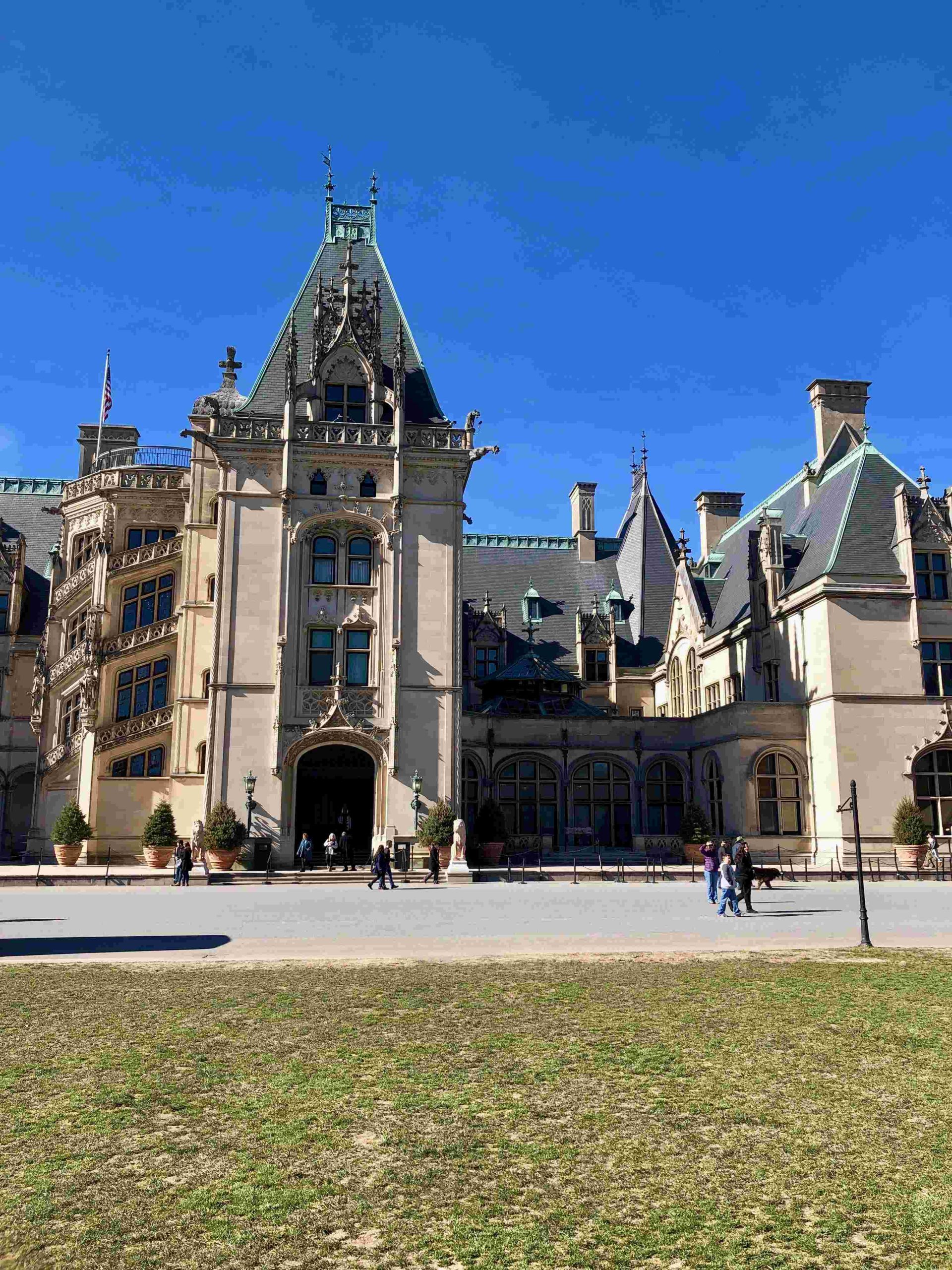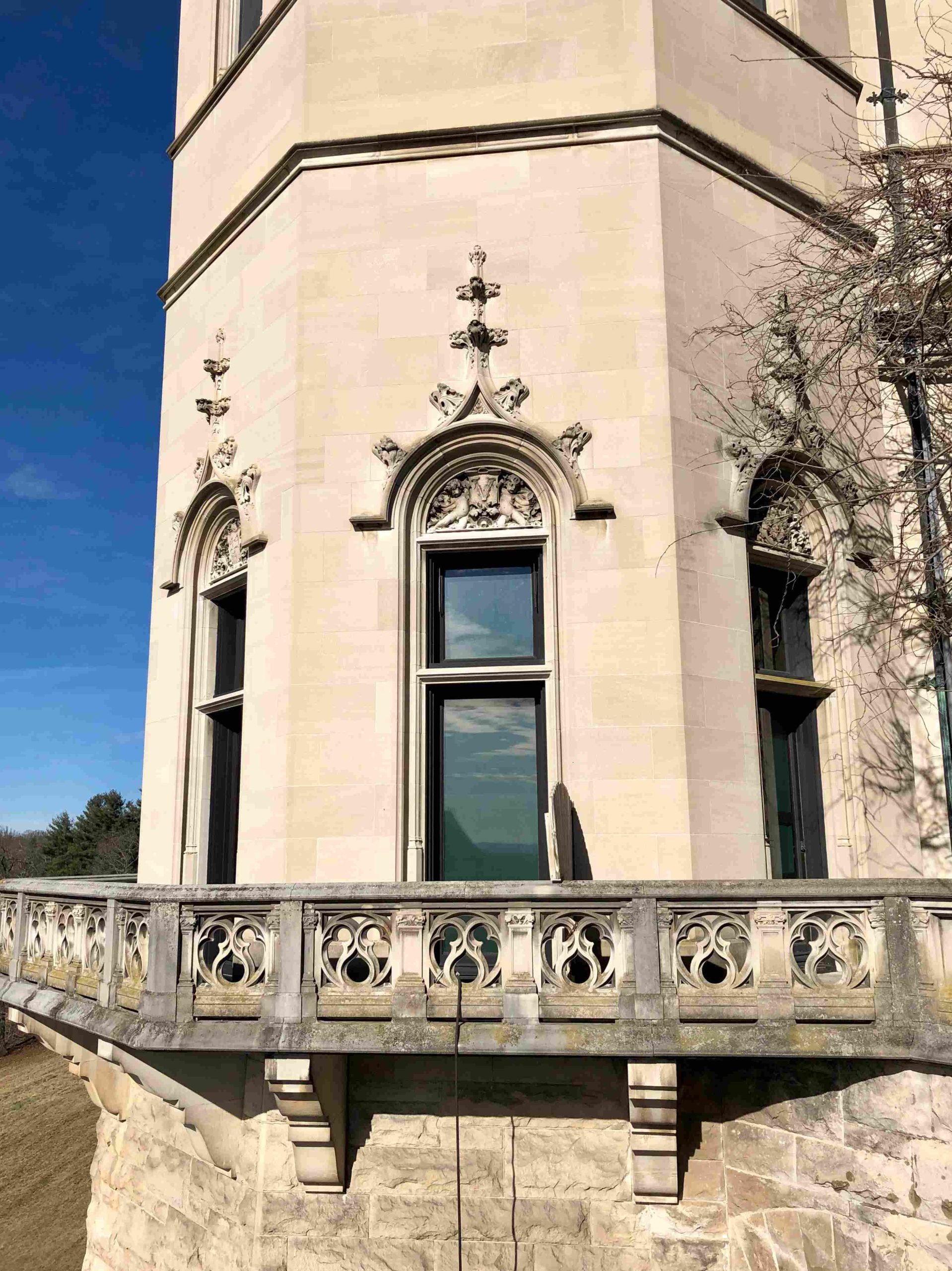The Biltmore Estate, while not home to a specific waterfall, boasts stunning water features and scenic trails. Located in Asheville, North Carolina, this historic estate offers visitors a chance to explore beautiful landscapes, including the Bass Pond and Lagoon. While the estate itself doesn’t have a prominent waterfall, nearby areas like DuPont State Forest provide opportunities to witness magnificent cascades. This guide will explore the water elements within Biltmore Estate and provide information on nearby waterfalls for nature enthusiasts.
What Water Features Can Be Found at Biltmore Estate?

While the Biltmore Estate doesn’t have a dedicated waterfall, it offers several water elements that contribute to its picturesque landscape:
- Bass Pond: A serene body of water perfect for reflection photography
- Lagoon: A scenic area with walking trails and water views
- French Broad River: Visible from various vantage points on the estate
These features, designed by Frederick Law Olmsted between 1889 and 1895, complement the Châteauesque-style mansion and create a harmonious environment for visitors to enjoy.
Where Are the Nearest Waterfalls to Biltmore Estate?

For those seeking actual waterfalls, nearby DuPont State Forest offers several options:
- Hooker Falls
- Triple Falls
- High Falls
The Hooker Falls Access Area is located at GPS coordinates 35.2029, -82.6188, approximately a 45-minute drive from Biltmore Estate.
What Trails Are Available at Biltmore Estate?
Biltmore Estate offers several scenic trails for visitors to explore:
| Trail Name | Length (round-trip) | Elevation Gain | Difficulty | Estimated Time |
|---|---|---|---|---|
| Deerpark Trail | 1.7-6 miles | 233 feet | Easy | 30 min – 1.5 hours |
| Lagoon Trail | 1.7-6 miles | 233 feet | Easy | 30 min – 1.5 hours |
| Farm Trail | 1.7-6 miles | 233 feet | Easy | 30 min – 1.5 hours |
| Antler Hill Village Trails | 1.7-6 miles | 233 feet | Easy | 30 min – 1.5 hours |
These trails offer views of the French Broad River, meadows, and the estate’s agricultural fields. They are suitable for families and pets, making them accessible to a wide range of visitors.
What Are the Best Photography Tips for Biltmore Estate?
To capture the beauty of Biltmore Estate’s water features and landscapes, consider these photography tips:
- Optimal lighting times:
- Early morning
-
Late afternoon (golden hour)
-
Recommended camera settings:
- ISO: 100-400
- Aperture: f/5.6 to f/11
-
Shutter speed: Adjust based on lighting conditions
-
Best vantage points:
- Bass Pond: Look for reflections of surrounding landscape
- Lagoon: Capture scenic views and water elements
- Estate trails: Frame shots with the French Broad River or gardens in view
What Is the Historical Significance of Biltmore Estate’s Landscape?
The Biltmore Estate’s landscape, including its water features, holds significant historical value:
- Designed by Frederick Law Olmsted, a renowned landscape architect
- Constructed between 1889 and 1895, alongside the Biltmore House
- Listed on the U.S. National Register of Historic Places on October 15, 1966
- Designated as a U.S. National Historic Landmark District
- Featured in several films, showcasing its timeless beauty
The landscape design was carefully crafted to complement the mansion’s Châteauesque style, creating a harmonious blend of natural beauty and architectural grandeur.
How Can Visitors Make the Most of Their Biltmore Estate Experience?
To fully appreciate the water features and landscapes of Biltmore Estate:
- Plan your visit during optimal seasons:
- Spring for blooming gardens
-
Fall for colorful foliage
-
Explore multiple trails to experience diverse views
- Bring appropriate gear:
- Comfortable walking shoes
- Camera or smartphone for photography
-
Water and snacks for longer hikes
-
Consider guided tours to learn more about the estate’s history and design
- Visit nearby waterfalls in DuPont State Forest to complement your Biltmore experience
While Biltmore Estate may not have a specific waterfall, its water features and nearby cascades offer visitors a rich and diverse experience. From the serene Bass Pond to the majestic falls of DuPont State Forest, the region provides ample opportunities for nature lovers and photography enthusiasts alike.
